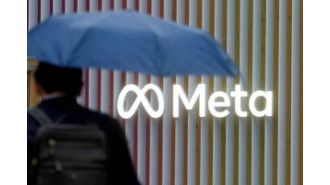VC Fund Economics
Charlie O’Donnell, who was our first analyst at USV and who now runs his own VC fund, wrote a post yesterday outlining the economics of running a venture capital fund.
Charlie’s fund, Brooklyn Bridge Ventures, operates on the 2.5/20 model. That is 2.5% in annual management fees and 20% of the profits after the investors get their capital back.
That is the exact same set of economics the USV operates on.
There are many, probably most, of our peers in the VC business who charge a “premium carry” of 25% or 30%, but at USV we have never moved away from 20%. If you do your job well, 20% will make you a bundle.
Back at Flatiron, we increased our carry on a new fund just before the Internet blew up and caused massive losses in our fund and every other VC fund. That was one of the many reasons Flatiron didn’t work out so well in the end. And that taught me a big lesson. When you raise your compensation, you had better earn your increase. We did not. No more raising carry for me.
I am not going to go line by line on the USV income statement like Charlie did. But we manage $1bn across six funds which is roughly $160mm per fund. That is on the small side for our peers and probably slightly below average for an early stage venture fund. One of our funds will stop paying management fees this year because it is ten years old. And we have a couple more that are paying reduced management fees because they are no longer in their “investment period”. And our two Opportunity Funds pay nominal management fees and are mostly about carry for us.
So while we manage about 200x what Charlie does, we don’t make 200x the management fees. We probably make 50x the management fees that Brooklyn Bridge Ventures makes. We have twelve employees and our own office. The people who work at USV are well compensated for sure, but our goal is to make way more on carry than we make on cash compensation. That is the basic point Charlie made in his post and it is true for us as well.
The goal of VC fund economics is to incent the partners to focus on carry and not on current cash compensation. That means that we are focused on generating large gains on our investments and that aligns us well with the entrepreneurs we back and the investors who provide us with capital. That works incredibly well in a small fund like Charlie’s, and it works pretty well in a traditional fund size like USV’s. It can break down as the dollars under management get larger and larger and the management fees turn into huge numbers. We have purposely kept USV small to avoid that. And I think that has been a good decision for us.






